Hotels (The originals) Avenue, Caledonian, Central, Charter, Gold Fields, Masonic, Maxim, Queens, Tattersalls & Waterworks.
In Davis’ Bulawayo Directory 1895-1896
10 hotels were listed in the town, 2 hotels nearby.
1. Avenue Hotel (Poole, Goodwin & Mason), 180
Abercorn Street W. (Now a chemist)
2. Caledonian Hotel (A. E. Wilson), 136 Main
Street E. (Became Southampton now African
Life)
3. Central Hotel (H. L. Lloyd), Market Square S.
(Became Le Chalet’ Hotel)
4. Charter Hotel (Napier & Weir), 131 and 132,
Main Street E. (Now Dolores)
5. Gold Fields Hotel (Byrne & Ticton), 542, Grey
Street E. (Now Greys Inn)
6. Masonic Hotel (Dell & Harvey), 438, Rhodes
Street E. (Now New Royal Hotel)
7. Maxim Hotel (Parsons & Hay), Market Square W.
(Became Savoy Hotel)
8. Queen's Hotel (A. K. Morison), 232, Abercorn
Street E. (Now Police Station)
9. Sussex Hotel (G. James), 33, Fort Street E.
(Now Colray House)
10. Tattersall’s Hotel (E. A. Slater & Co.), 394, Market
Square N. (Now Selborne Hotel)
11. Waterworks Hotel, Jobson, A. T. B.,
12. Waterworks Hotel (6 miles)
After 1895
⦁ Carlton Hotel
⦁ Cecil Hotel
⦁ The Grand Hotel
⦁ The Imperial
(became The Fairways)
⦁ Great Northern
⦁ Hotel Victoria
(now Bulawayo Sun)
⦁ Waverly Hotel
⦁ Palace
⦁ Plaza Hotel
⦁ Roslington Hotel
⦁ Doric Hotel
Unfortunately businesses leave little history. Often their closures did
not make big news. The only way to track their existence is by trade
directories and, when they have been caught on camera, by photo. One has
to be somewhat of a detective, in these matters, as hotels changed names
and in some cases locations. The reasons for their demise, is often
clouded in mystery. The number of hotel rooms per head of population is
explained by a large rural mining population who would need a place to
stay when coming into town for supplies. Some early hotels were
rudimentary, built of tin, bars, snooker rooms and a dining room with
some accommodation provided by rooms, as well as stables in the rear
yard. Others were more elaborate; however this was no guarantee of
longevity. The first hotel below is a case in point.
Avenue Hotel
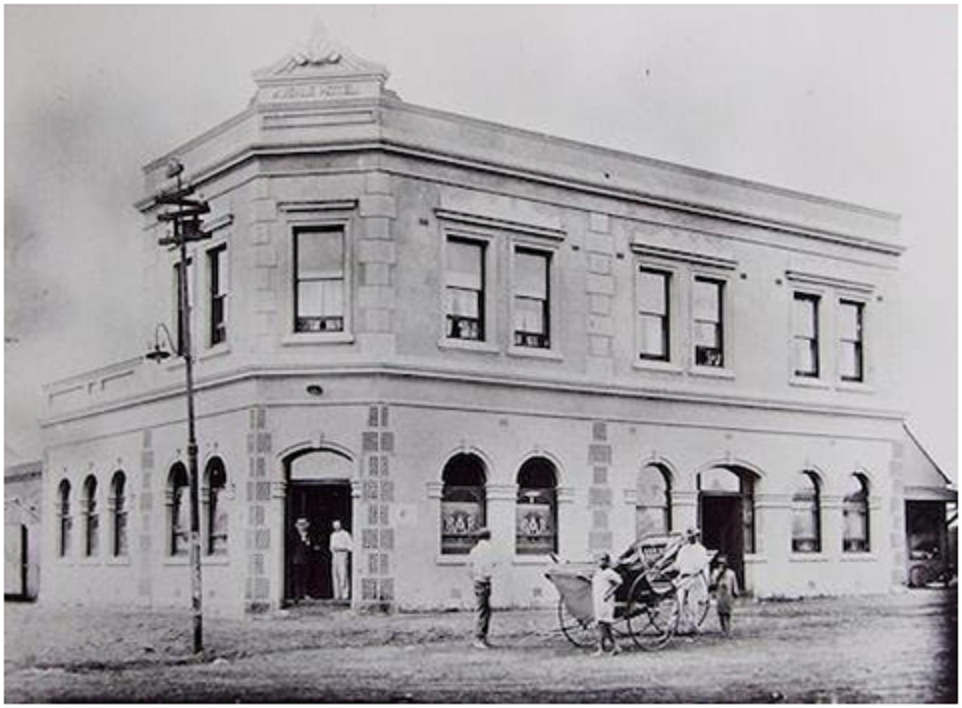

This two storey building was in 1896 according to contemporary pictures
one of the finest in town. Later it was extended and acquired a balcony,
however it does not seem to have survived long, while other contemporary
businesses did.
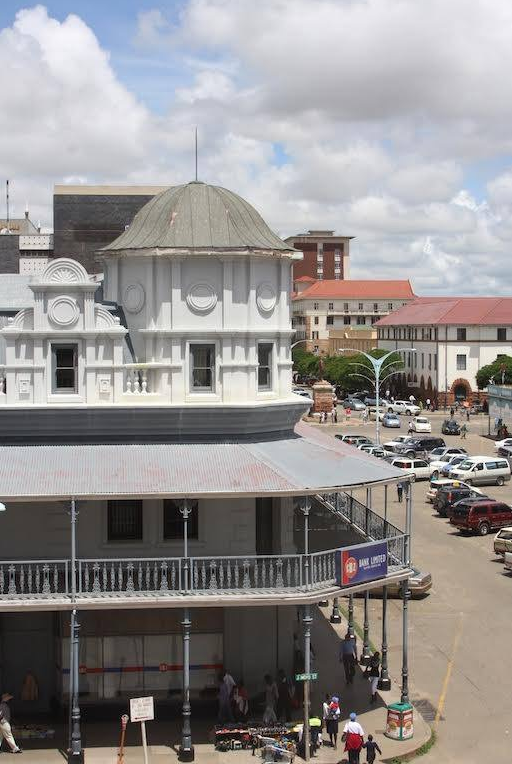
Charter Hotel
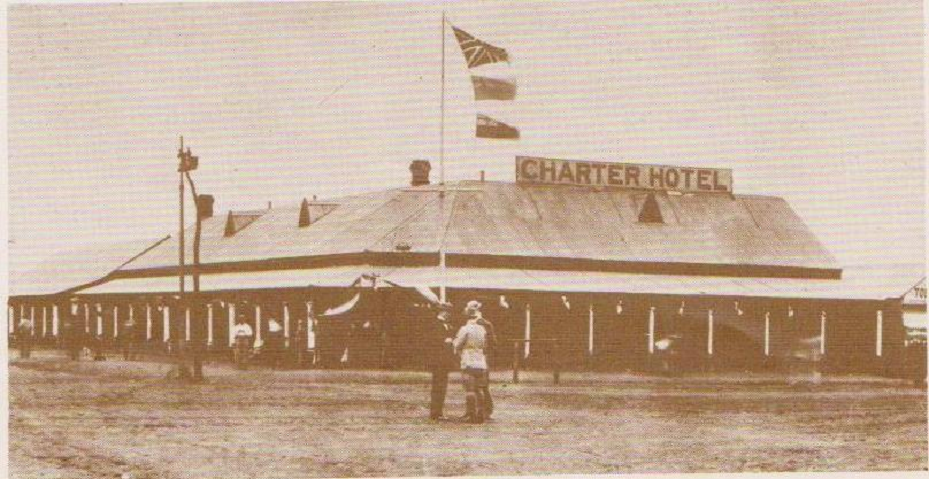
This hotel on the corner of 8th/Main was in it’s day one of the most
popular hotels. It was opposite the Magistrates court and the BSA
Company offices and next to the place where the coaches stopped. It was
once described by HM Stanley as ‘not fit for women and hardly fit for
men either’ It occupied two stands on the Main Street frontage and a half
stand on 8th. Bedrooms as stabling were provided to the rear.

In the early 1920’s it was rebuilt on a single stand with an entire
frontage on 8th. The second stand was sold to provide space for Gifford
House to expand on the Main St frontage. It is not certain when it
closed, however it was converted into shops, though the block of rooms
to the rear survived for many years. In the late 1950s the half stand
originally occupied by Zeederbergs, the early company who provided links
across the region, was sold to Cuthberts where they built a store.
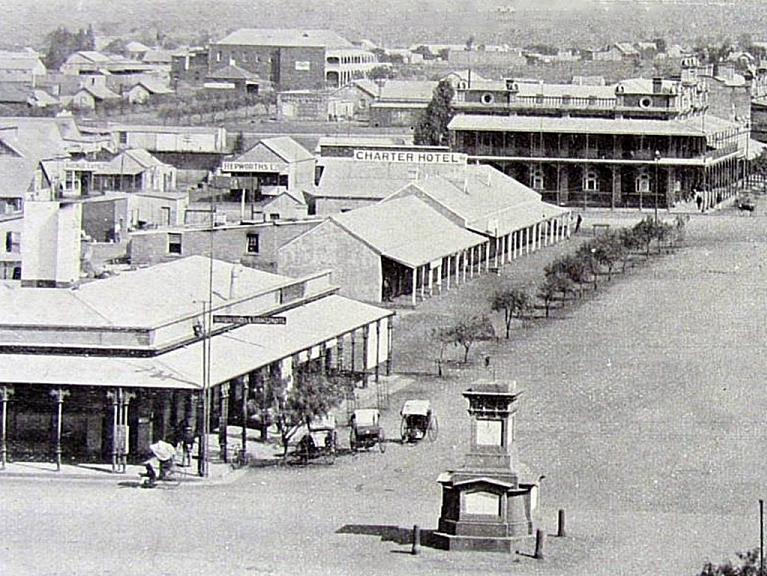
Caledonian Hotel
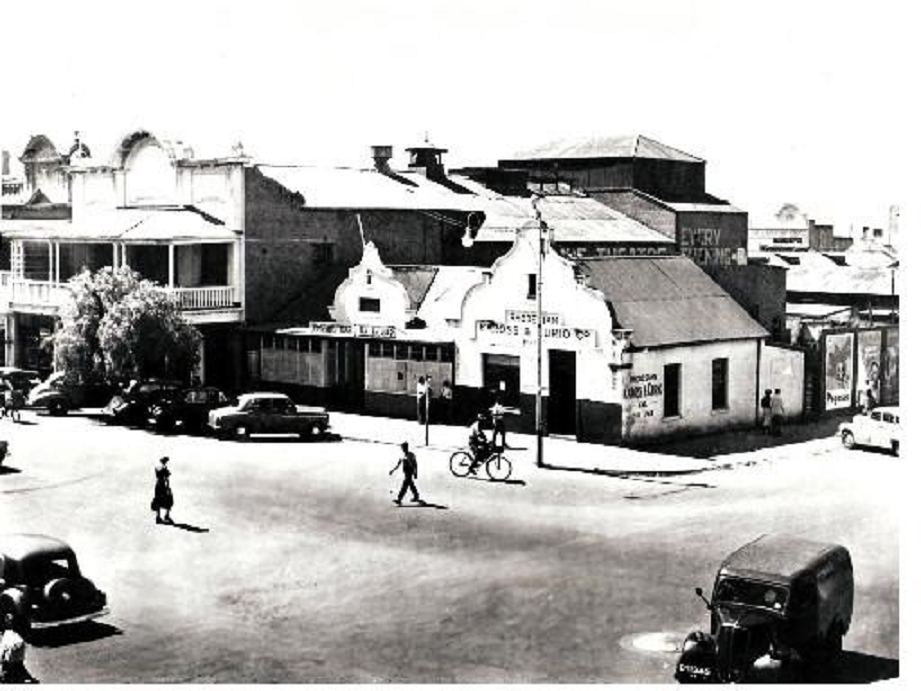
The building on the corner of 9th/Main was once the Caledonian Hotel,
built originally with two gables joined by a middle range. The northern
wing was demolished within a few years to accommodate it’s next door
neighbour, the Empire Theatre, it became the home of the Empire Bar
whose name was preserved in the new 1950s development on the site.
Central Hotel
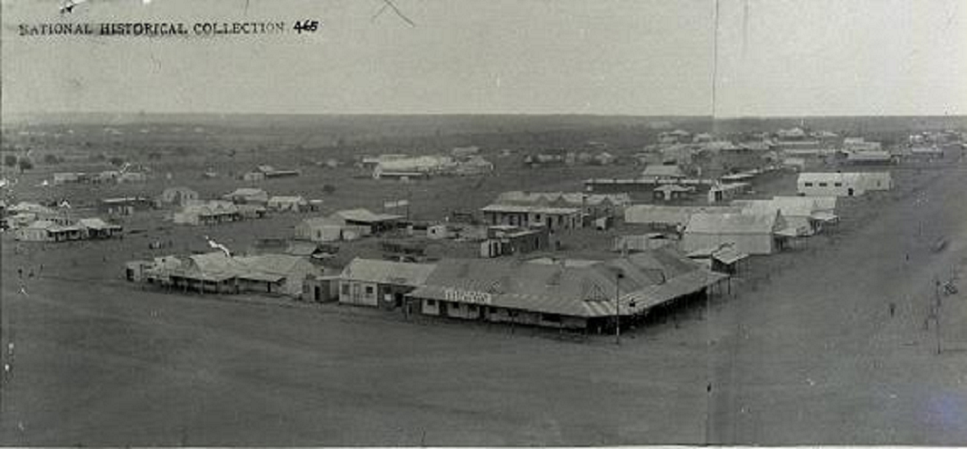
Located on the corner of Rhodes and 8th in a prominent position opposite
the Market, the Central Hotel survived largely unchanged for nearly 70
years.
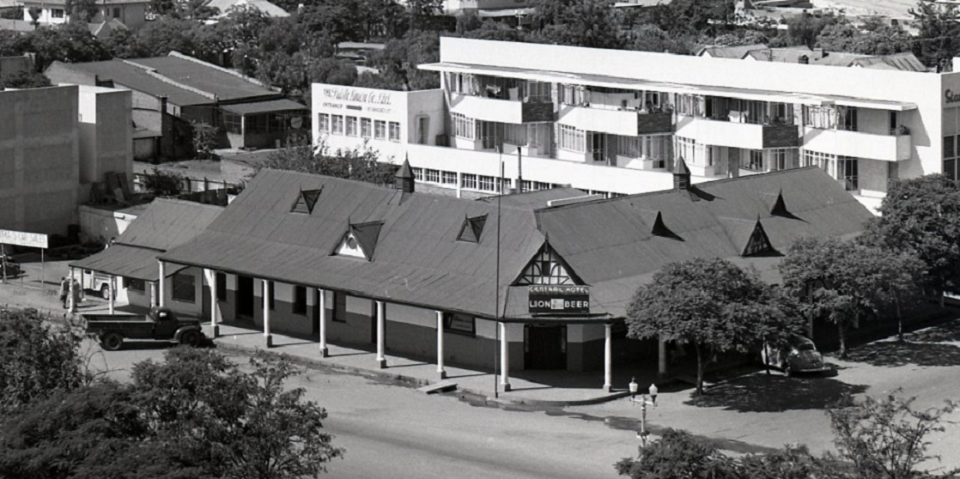
Know in its latter life as ‘Le Chalet’ in was closed in the late 1960s.
A supermarket ‘Maceys’ was built on its site.
Goldfields Hotel
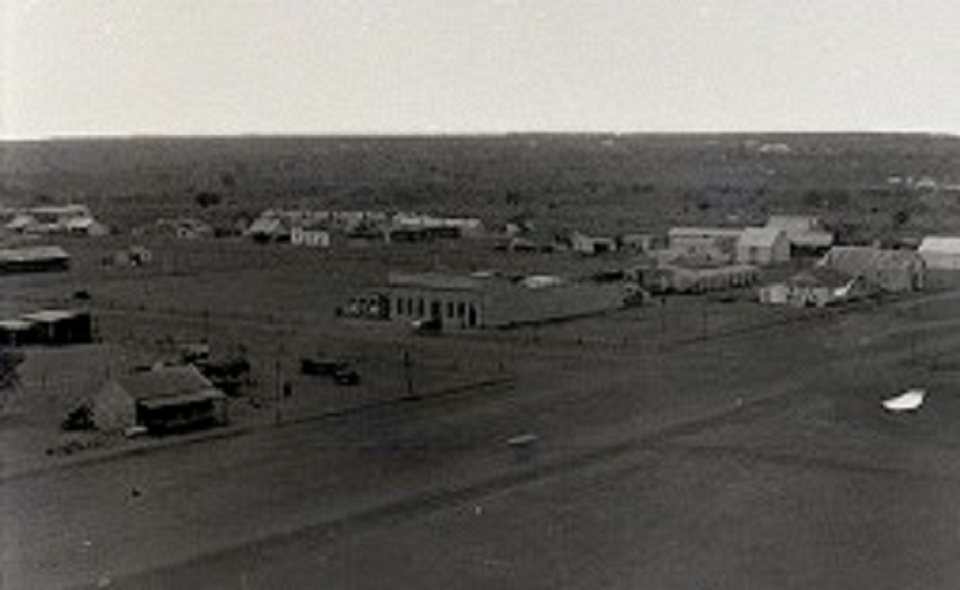
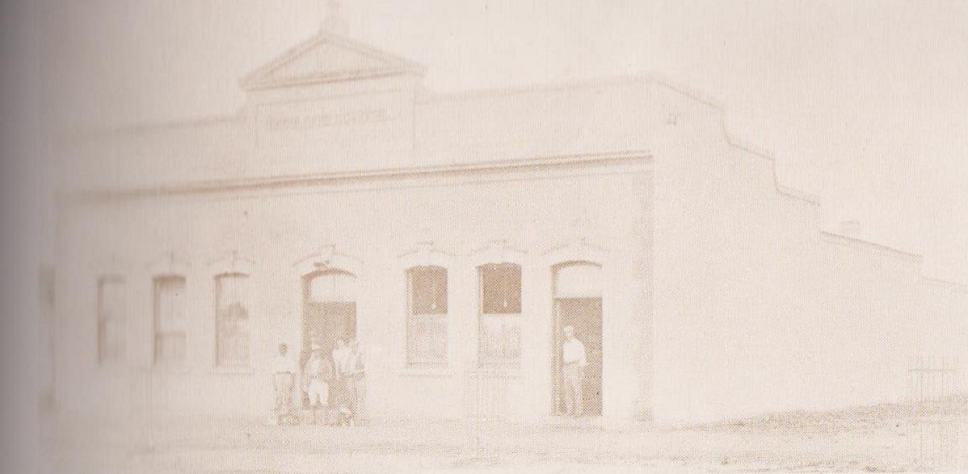
Located in Grey Street just off the corner of Selbourne, the hotel was
eventually replaced by the Greys Inn in the 1950s.
Masonic Hotel

The Masonic hotel, shown in the background, on the corner of Rhodes and
6th avenue, is one of Bulawayo’s oldest functioning Hotels.
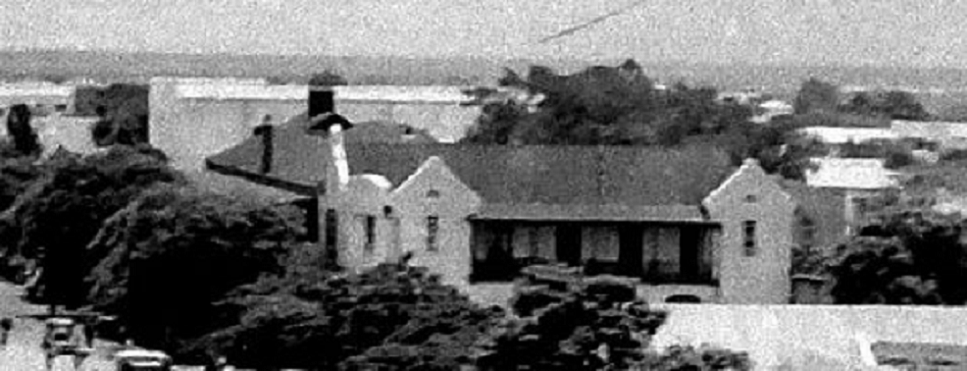
By 1910 it had been replaced by a more permanent structure.
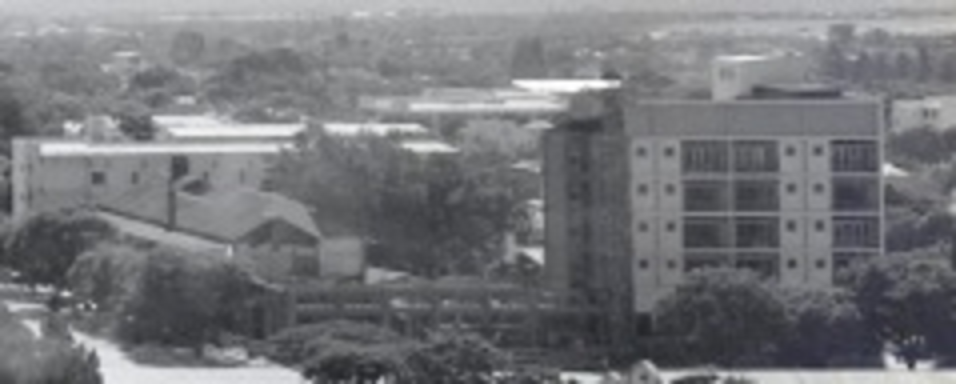
In 1913 the building was destroyed and replaced with a building which
stood on the site for the next 40 odd years. At some stage it was
renamed ‘The Royal Hotel’.
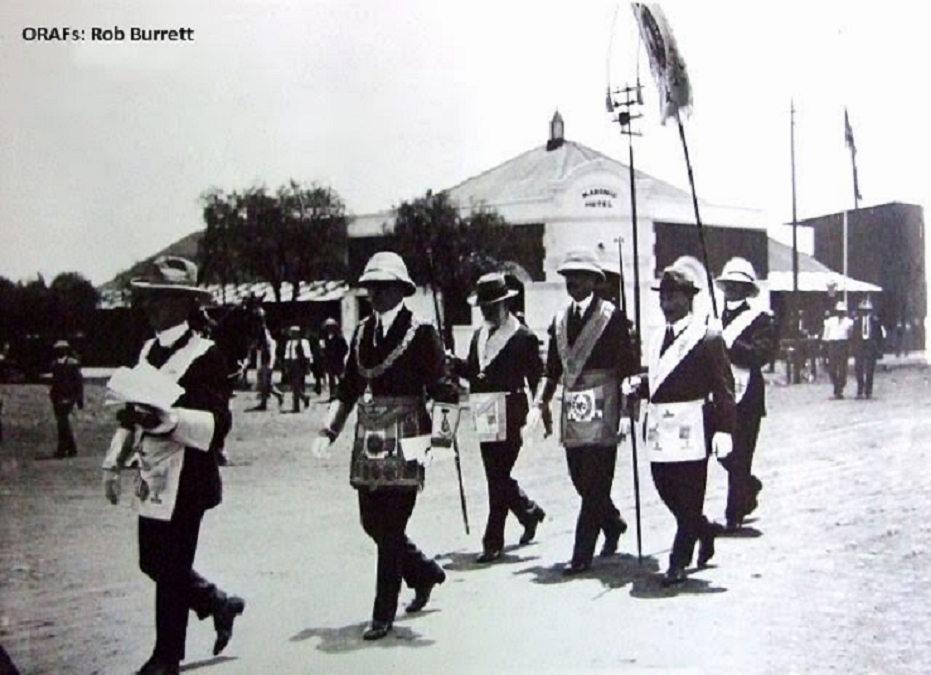
In the early 1950s it was demolished and replaced with a multi storey
complex, called The New Royal Hotel, possibly in preparation for the
Rhodes Centenary Exhibition.
Maxim Hotel


It was on this spot that Bulawayo was declared ‘open’ as a town in 1894.
Here in Fife Street, opposite the City hall, this hotel operated for the
next 65 odd years. It was never a large establishment, bars, dining
rooms and a row of rooms to the rear. Around 1913 there was a fire which
burned the buildings in this row and it was possibly around this time
that the building which to this day survives was built!
In it’s latter life it was known as the Savoy; it finally closed in the
late 50’s when it was converted into a row of shops.
Queens Hotel
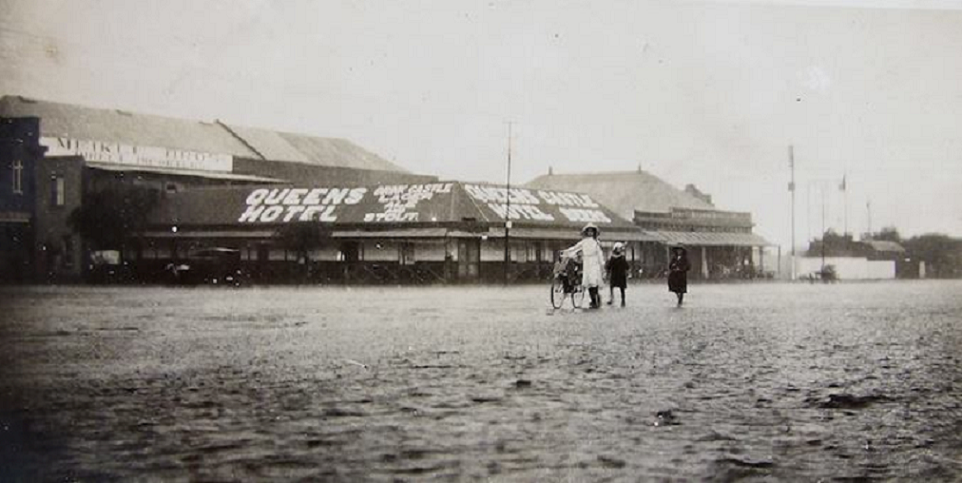
Located on the corner of Abercorn and 7th, sharing half the avenue
frontage with Meikles, the licensee at one stage also owned the
Tattersalls as well as the Palace.
Sussex Hotel

Located on the corner of 9th and Fort Street, this business was
overshadowed by it’s next door neighbour. Within five years it had
changed it’s name to The Victoria Hotel. It is not certain as to whether
this is an ancestor of the later hotel on the corner of 10th Ave/Wilson.
The name Sussex re-appears in a hotel on the corner of 14th Ave/Fort, a
name which persisted into the 60s.
Tattersall’s Hotel

Located on the west corner of Rhodes/Selbourne. At some stage it was
rebuilt and renamed the Selbourne.
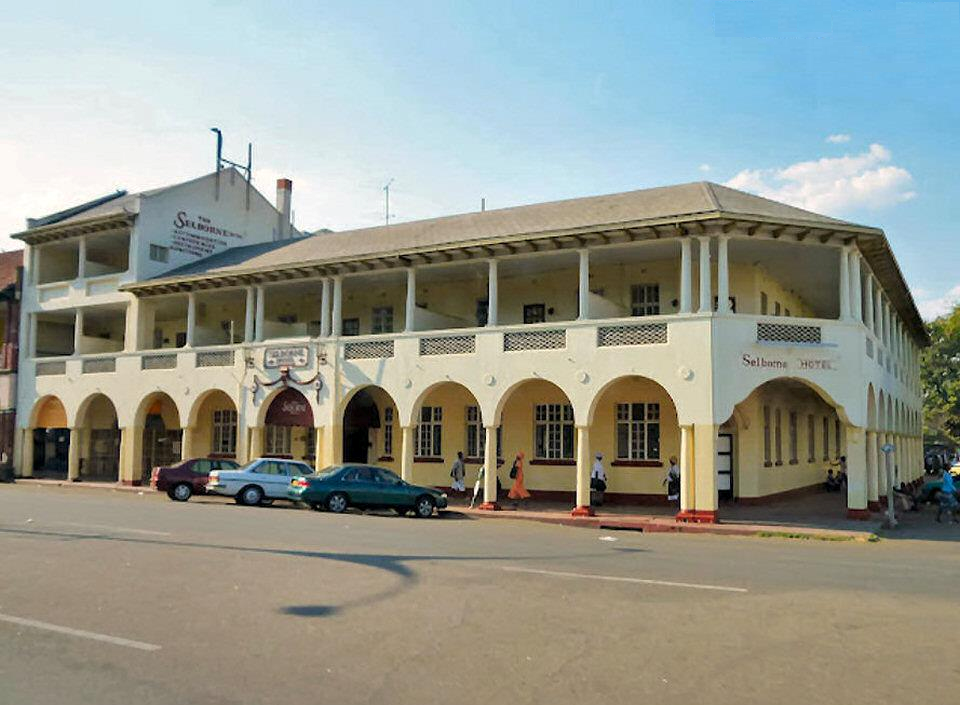
Hotels built after 1895
The Palace Hotel
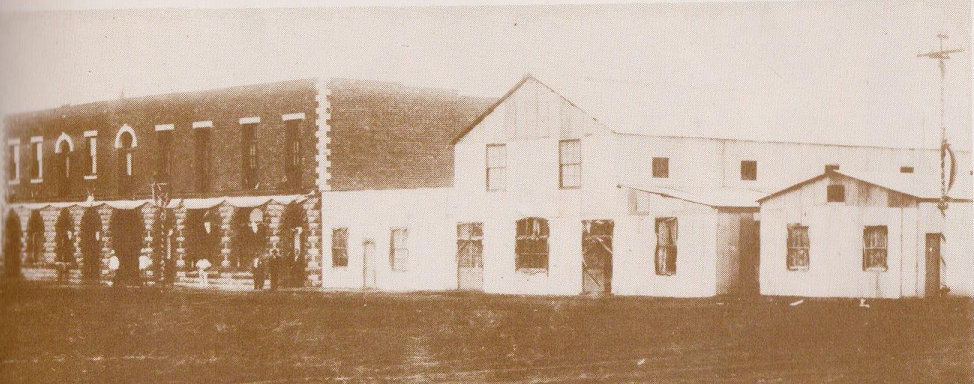
Opened in 1897 to coincide with the arrival of the railway. The
inaugural banquets were held here. It is the oldest hotel in Bulawayo
still functioning under it’s original name.
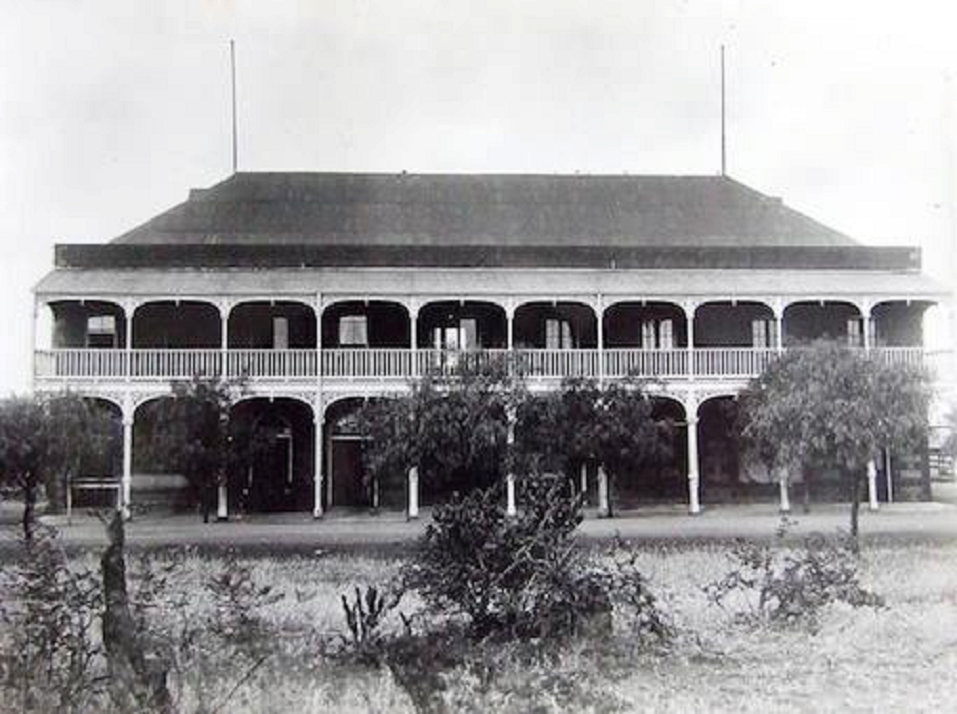

A cast iron balcony completed the front. This balcony and frontage came
later. In 1912 a theatre was built on the corner site.

During the 1930s a multi-storey block was added to the north, with a
beer garden.
The Grand Hotel
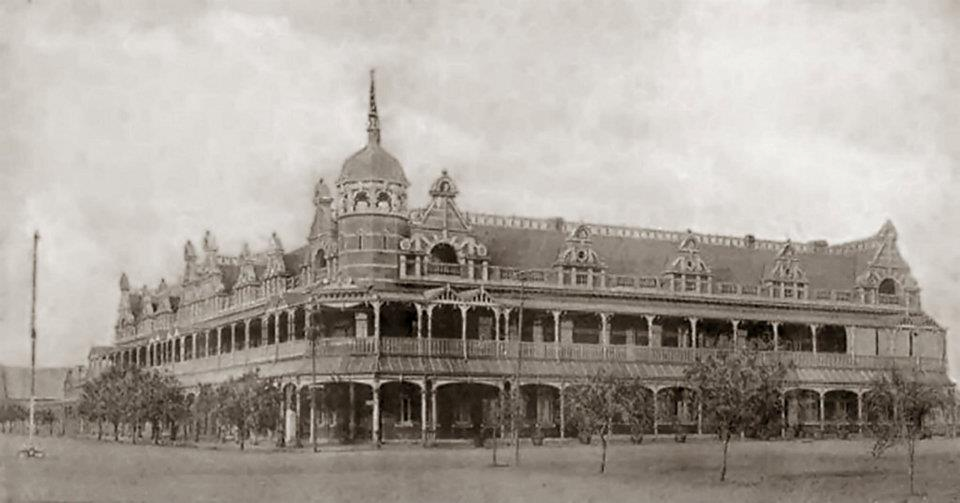
Opened in 1899, lit by electricity with eighty bedrooms. Dominated by a
cupola in an Italian/Byzantine style it became a landmark for eighty
years. The hotel had a number of function rooms such as the Connaught
Room, named in honour of the visit to Bulawayo in 1910 of the Duke of
Connaught, a son of Queen Victoria. There was also the McMurray Hall,
named after the co -owner of the hotel. (Thomas Meikle owned the hotel
in partnership with Harry Schur).
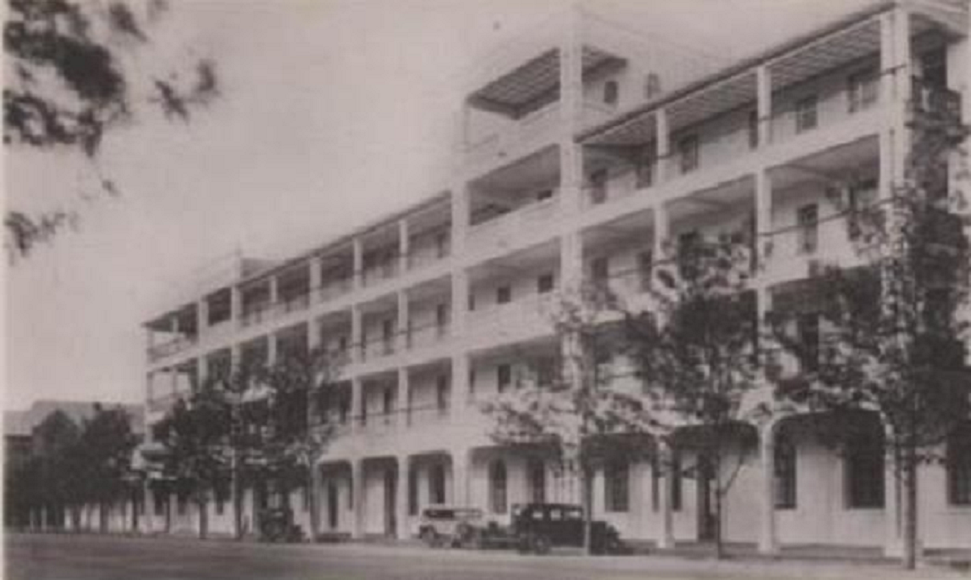
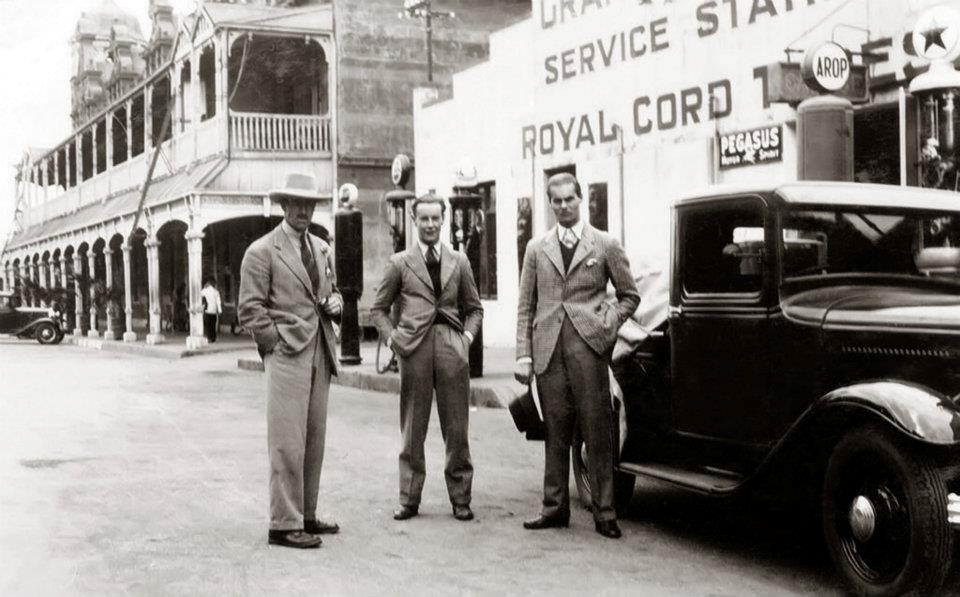
In 1933 the hotel was extended, but not in the same idiom, along the
Main street frontage, replacing part of the original frontage.
The hotel provided a range of services for it’s patrons, tennis courts,
gardens and even garaging for their cars with full service station
facilities.
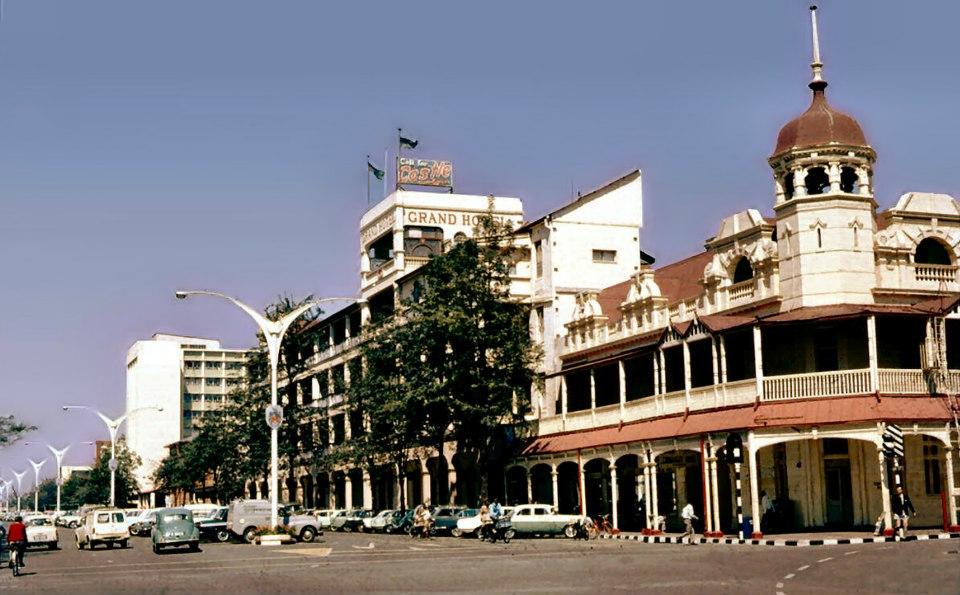
The hotel lost it’s pre-eminent status in 1953 when the Hotel Victoria
opened. In 1969 plans were announced to demolish the hotel and build the
‘Bulawayo Centre’ part of which was the plan to construct a new Grand
hotel on the Fort Street side, next to Colray House. The iconic
buildings were replaced by a row of shops called Bombay House and
housing a business trading in curios known as Bombay Bazaar. The cupola
however survived as a summerhouse in a garden in the Suburbs.
The Imperial

Located on the south-west corner of 10th Ave and Rhodes Street. The
hotel later became McGarry’s before finishing it’s life as an hotel
called The Fairways. The building existed until the 1980s.
The Carlton
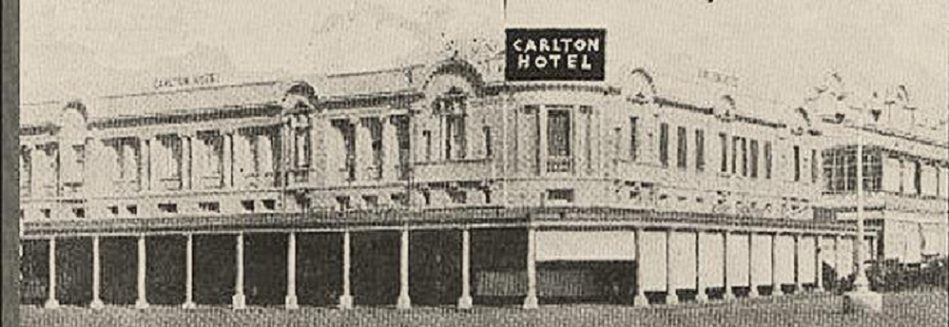
In 1923 this was expanded onto the next stand on the corner with 8th
Avenue. However the business did not survive in this size. The new
section was sold to McCullough and Bothwell who converted it into a
store. The hotel, somewhat downsized, survived.
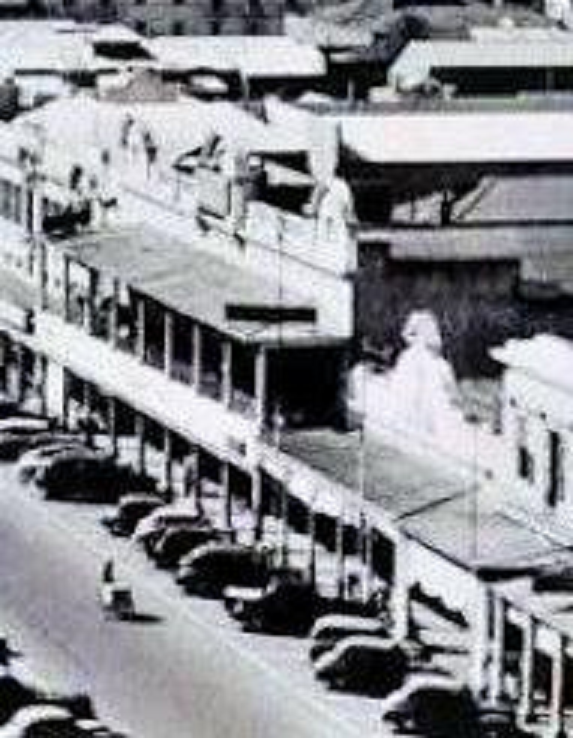
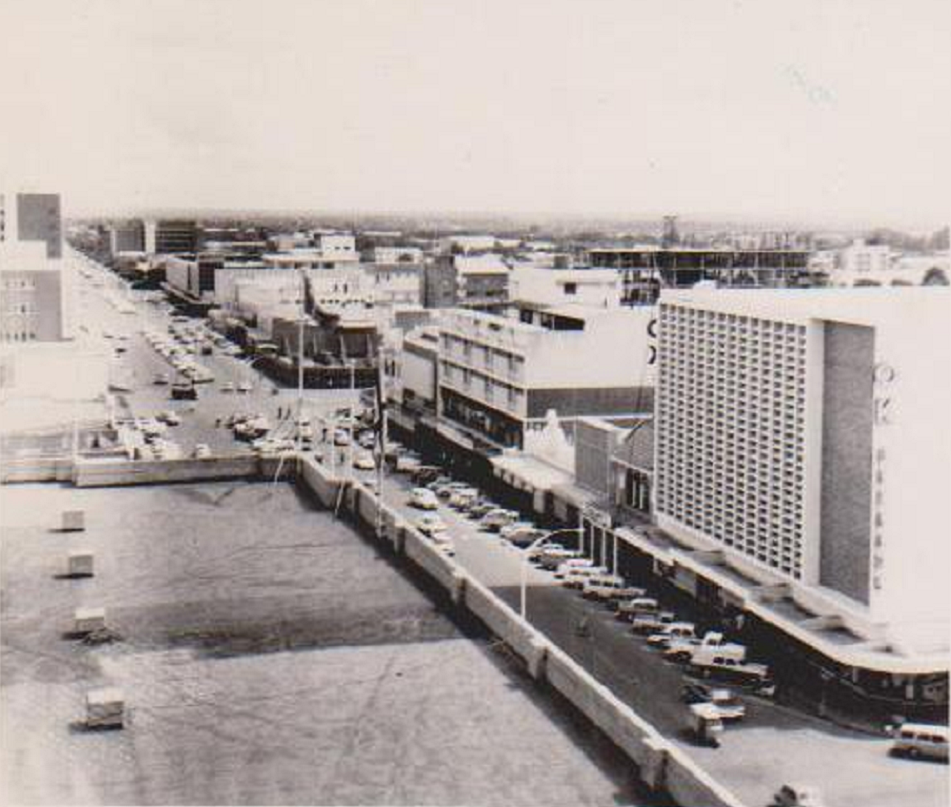
The balconied building built, probably in the early 1900’s, on the east
side of Abercorn between 8th & 9th Avenue was the original Carlton
Hotel.
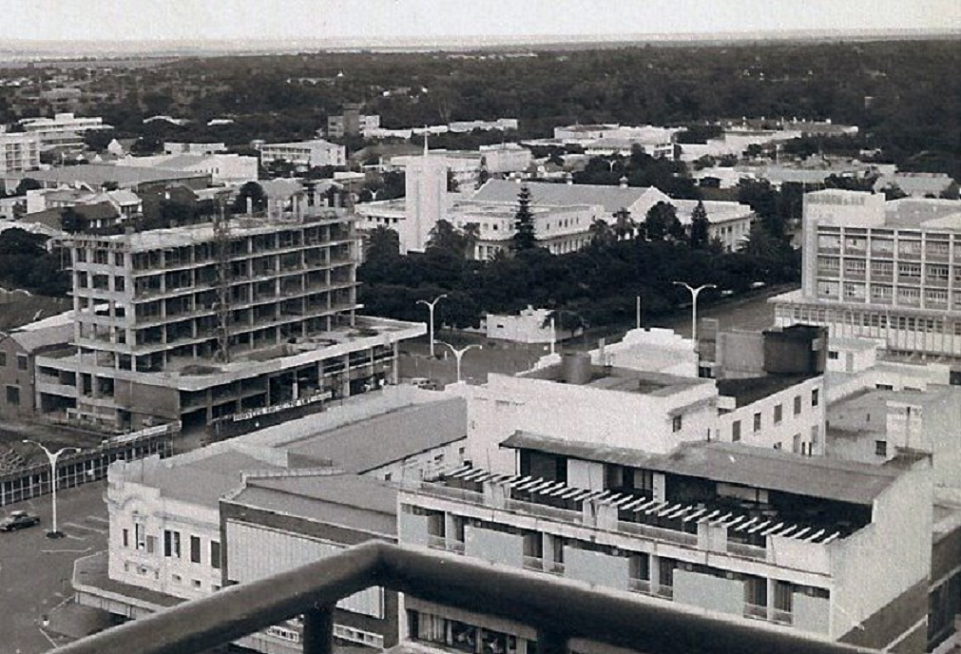
In the 1950’s a new hotel was built on the original site. Image
This had a two level shopping arcade, basement and upper level and
boasted a roof garden. Besides the Abercorn Street entrance the hotel
had a rear entrance off the alley, local legend had it that this was to
facilitate Standard Bank employees. The new hotel barely lasted 20 years
and was redeveloped into shops and offices which covered both the stands
that the 1923 hotel occupied.
Hotel Victoria
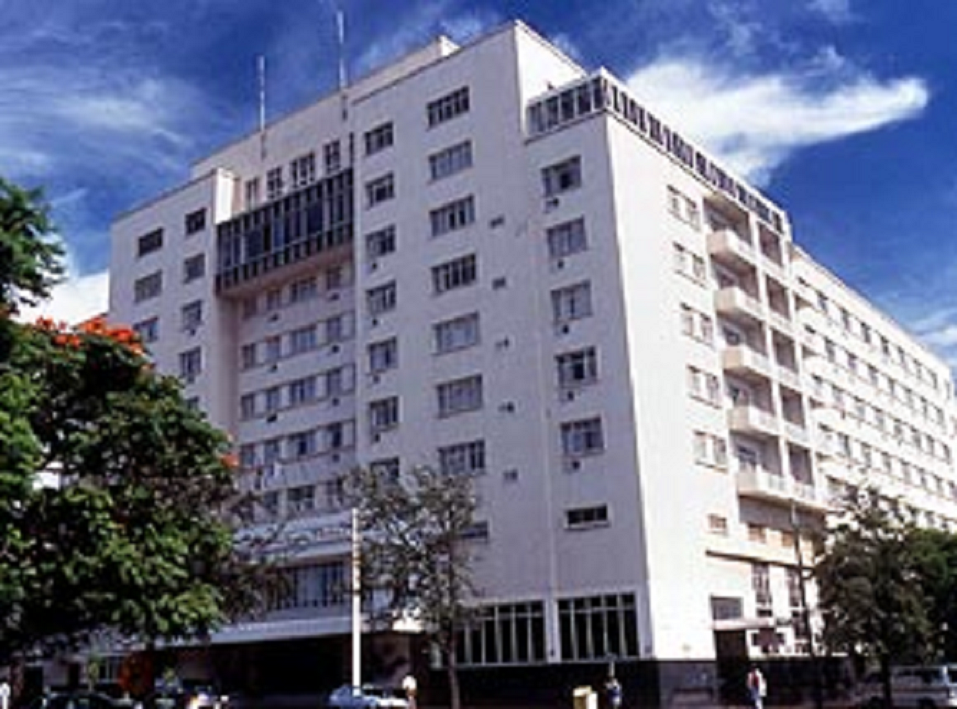
Located on 10th Avenue Wilson Street this was opened in 1953 on the site
of and earlier hotel of the same name, to coincide with the Rhodes
Centenary Exhibition. It replaced the Grand as Bulawayo’s premier hotel.
In the 70s it was taken over by the Southern Sun Group and was renamed
‘The Southern Sun’.
Great Northern
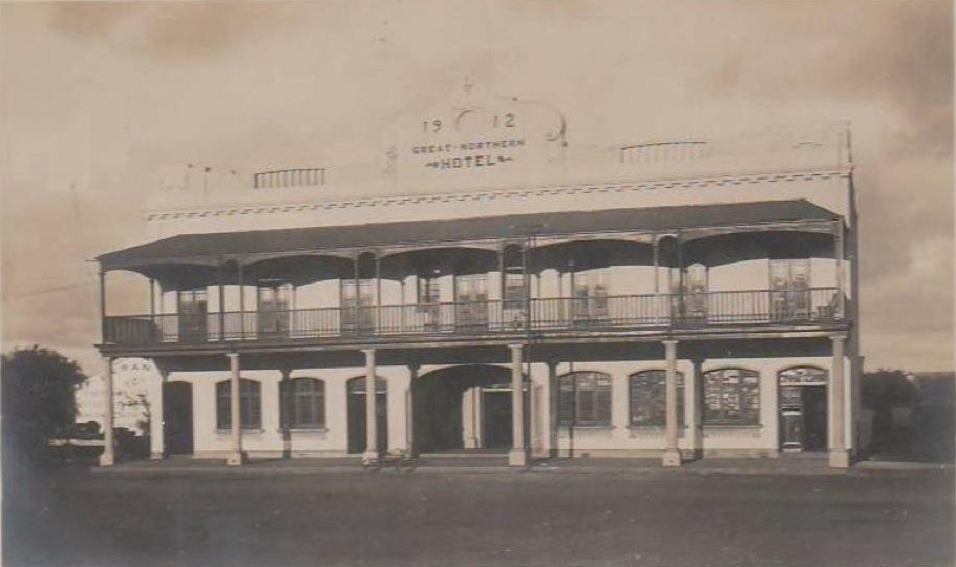
This hotel in Lobengula Street between 13th and 14th Avenue opened in
1912. It finally closed in the early 70’s
Plaza Hotel
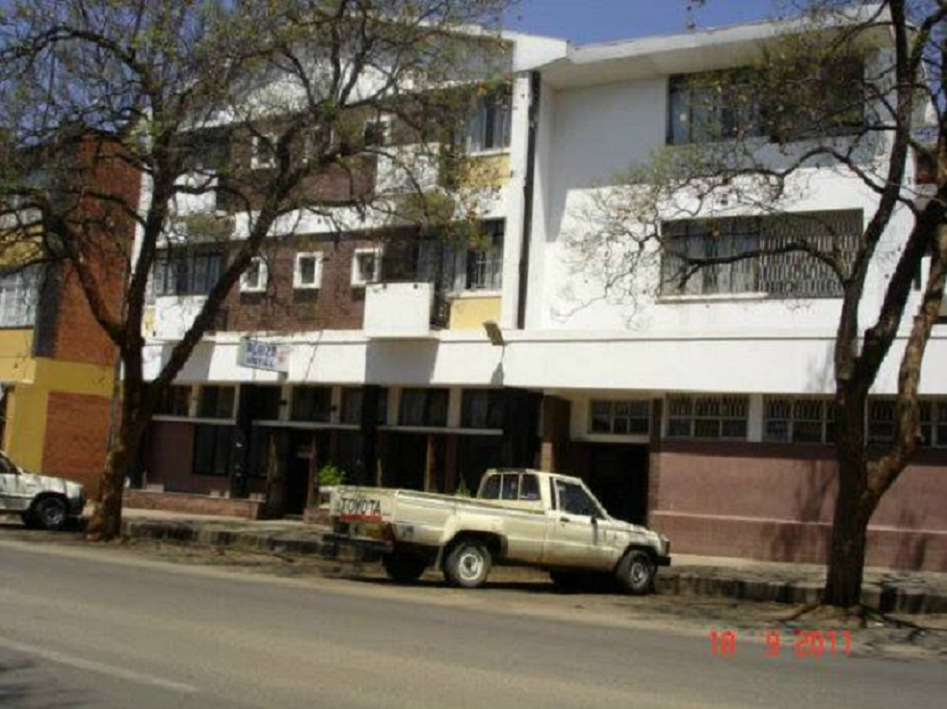
14th Ave between Fife and Abercorn St. Famous as the one time hide out
of the infamous Aiden Diggeden
Cecil Hotel
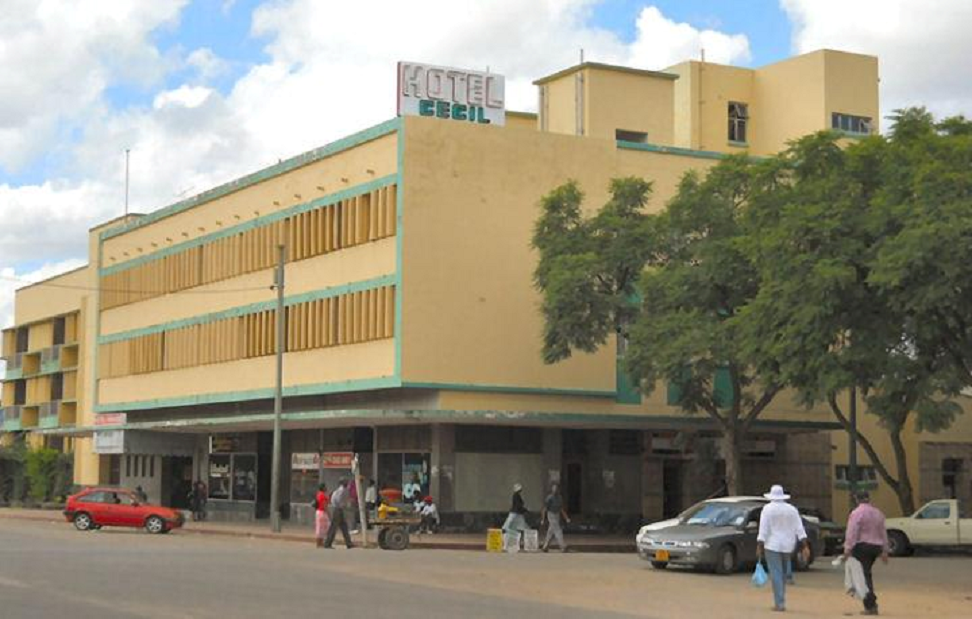
Owned at one time by the Nesbitt’s
Waverly Hotel
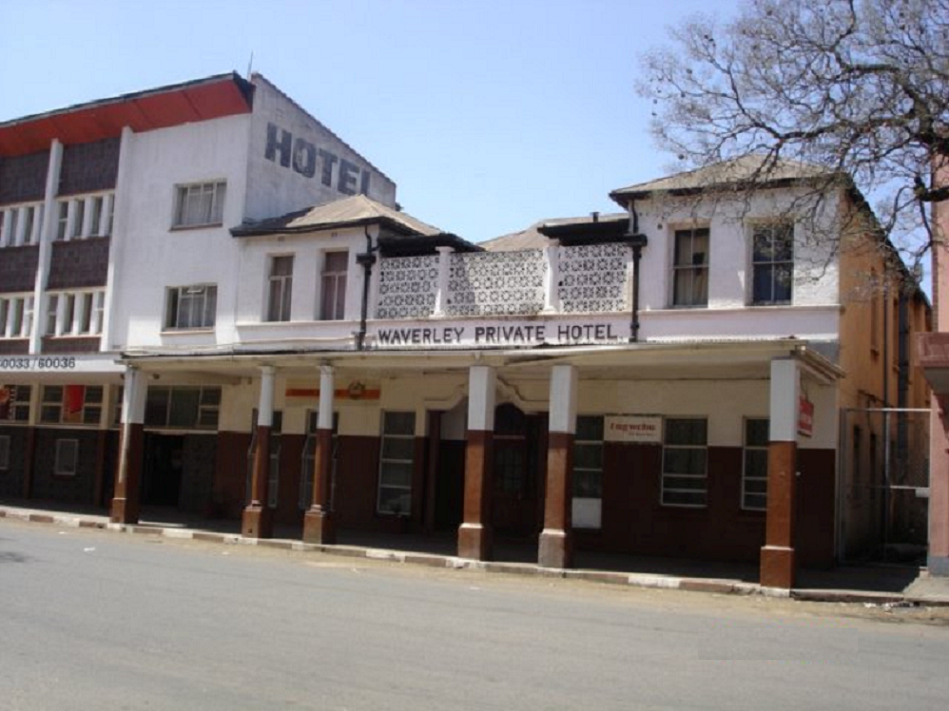
Lobengula Street between 12th and 13th Avenues.